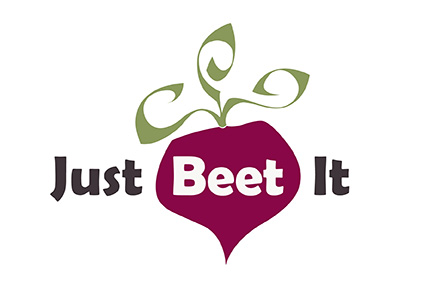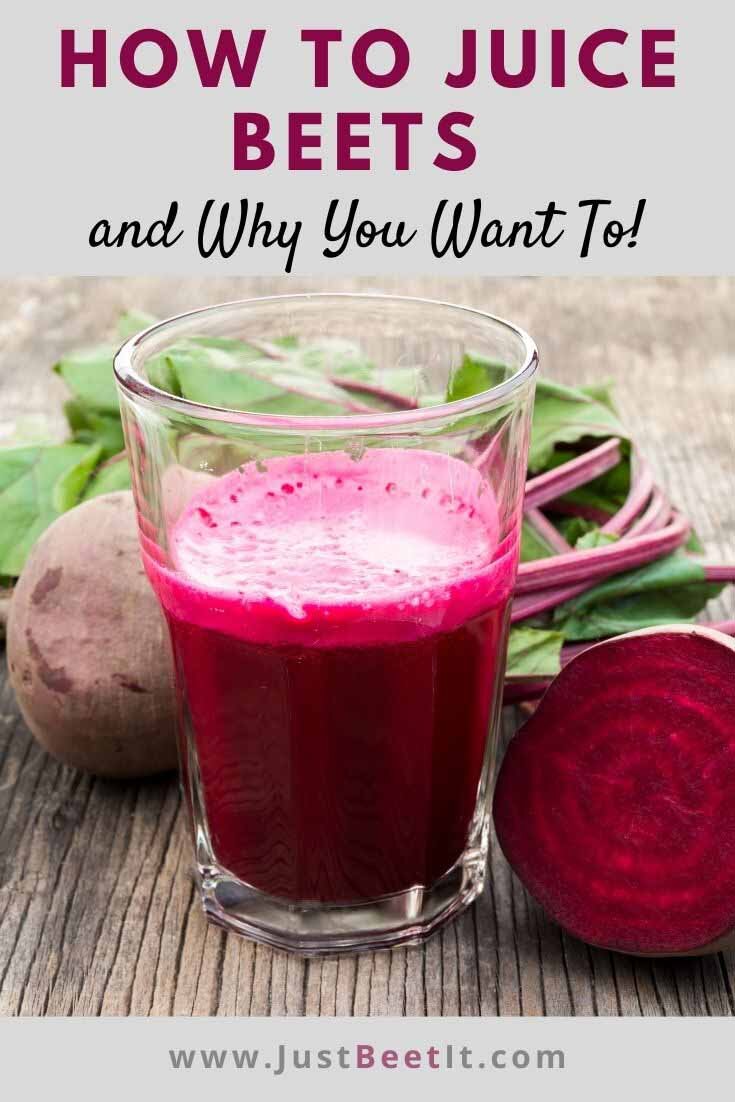Raw, roasted, boiled and pickled are just some of the ways to enjoy the awesome power of beets, but many people’s favorite way to enjoy beets is to juice them. Believe it or not, there are almost as many ways to juice beets as there are to cook them. This article covers the basics of beet juicing, multiple techniques, and why you will want to juice those beautiful beets.
WHY JUICE BEETS?
No matter how you do it, consuming beets is excellent for your health. There is a never-ending list of the health benefits of beets. Most of us know that beets are nutritious and have detoxifying qualities. But did you know that beets are good for healthy skin and brain function too? And that is just the tip of the iceberg.
Beets simply have numerous health benefits which is why adding beets to your diet, especially through juicing, is quite rewarding.
BEET JUICE HEALTH BENEFITS
Superfood antioxidants
Folate powerhouse
High levels of magnesium
Rich in potassium
Detoxifies the liver
Micronutrient dense
Protects against aging and disease
Promoted cardiovascular health
Boosts brain function
Improves circulation
Balances blood pressure
What is the best way to get these great nutrients? Juice them! When you juice beets or other veggies you release nutrients and make them easily available to your body. With less fiber to be digested, the nutrients in fresh juice go straight to work boosting your body with the many benefits of beets. Some of these benefits have been known since ancient times and some are still being discovered.
Current studies suggest that the health benefits of beets and beet juice are more powerful than once thought. One study, in particular, shows that drinking a glass of beet juice every day can significantly reduce high blood pressure. Pro athletes have been known to drink beet juice to improve physical performance.
Besides, beet juice tastes good and is a beautiful color! Beet juice can also be used in cooking and to make natural dye.
HOW TO PREPARE BEET JUICE
No matter what juicing method you choose, the basic preparation is the same. One of the biggest questions with beet juicing is whether to peel or not to peel. The skin is so nutritionally dense it would really be a shame to throw all that goodness into the compost. It is recommended to leave the skin on when juicing but wash them well. Besides a good scrub, not much else is needed. The only other preparation is to cut your beets to the right size for your juicer.
Beets can make quite a mess and leave bright pink and red spots all over the kitchen and you! If you are prepping lots of beets, consider covering the area with paper or a towel and you might even want to wear gloves. If you are a beet lover and find yourself juicing them regularly, having a dedicated cutting board for beets might save your other cutting boards from perpetual red stains.
Also - beets (the red variety) contain bold crimson pigments that can cause your stool and urine to turn bright pink or red. Don’t be alarmed! It’s a natural condition called BEETURIA.
DON’T FORGET THE GREENS!
One of the most overlooked parts of the beet is the beet greens. There is so much attention given to the beautiful beet root that the greens are often forgotten. Beet greens are full of calcium and lots of other leafy green goodness. They are good for bone and eye health and so much more. The greens are similar to spinach in flavor and are the perfect addition to your veggie juices and smoothies.
BEET GREENS HEALTH BENEFITS
Ancient wound healing
Rich in calcium
High in Vitamins C, K and others
Supports immunity
Helps with symptoms of Alzheimer’s
Beet greens can be eaten numerous ways and are quite diverse. They can be eaten raw, sautéed, and steamed. You can even juice beet greens!
TYPES OF JUICING FOR BEETS
The answer to how to juice a beet depends on what type of juicing you will be doing. Here are the techniques and tips on the most common ways to juice a beet.
Cold-Press
The trend in juicing is definitely moving towards cold-press or masticating juice. These juicers use a slow moving giant screw or auger that crushes and squeezes your veggies. This action actually makes the live enzymes and phytonutrients in your beets easy for your body to absorb. There is no oxidation in cold-press juicing and the beet juice will stay fresh for up to three days.
Cold-press juicing does take more time and prep than other techniques. Your beets will have to be cut down into small pieces, around 1 inch. Cold-press juicers are particularly good for beet and other leafy greens. The juicing itself is slow by nature so a bit of patience is needed but well worth it.
Cold-press juicers might be on the expensive side but are multifunctional kitchen machines that will pay for themselves quickly when compared with a daily juice bar habit. However, they might even be priceless if you truly want to maximize the benefits of beets. If you’re thinking about buying a cold press juicer, be sure to check out some cold press reviews first.
Centrifugal
Centrifugal might sound like something in a science lab but is a common method of household juicing. These juicers use sharp blades that spin super fast to shred produce to release the juice and separate the pulp.
After your beets are scrubbed, cut them to size so that they easily fit down the feeding chute. This will vary by model but probably range 2-3 inches. Higher end models have larger chute sizes, many of which could easily handle whole small beets. Beets are pretty dense root vegetables and should be juiced on the hardest settings.
There are several high-quality centrifugal juicers on the market that can make it quick and easy to make fresh beet juice. The downside of centrifugal juicers is that the speed causes oxygenation of the juice so it doesn’t stay as fresh and may not be as nutritious as cold-press juice.
Whole Blended Juice
Another style of juicing is whole blended juice, a juice that is made in a blender. To make beet juice in a blender, cut your beets into 1-inch chunks and add to the blender with some water; then, blend beets until smooth. How long to blend and amounts vary by model and personal taste. A good ratio to try is 1 cup water for each beet and blend for 30-60 seconds. After blending, strain the juice in a cheesecloth lined strainer or nut milk bag.
One of the drawbacks of this kind of juicing is that much of what you end up drinking is water infused with the blended beets. On the other hand, the best things about this style of juicing is that no real specialized equipment is necessary. Most households, even vacation rentals have blenders, and they are easy to use.
Grated Raw
Another less utilized beet juicing method is grated juice. This is simply grating the raw beets and then squeezing out the juice by hand. Lay down some cheesecloth or a clean towel. Using a box grater, grate your beets right onto the cloth. Twist the beets up in the cloth, and over a bowl, squeeze the bundle as you have never squeezed before.
While this will definitely give you the smallest juice yield, it does make bright dense juice with no electricity or machine necessary and no added water. Grated juice is messy and you might want to wear gloves (unless you like pink hands!). This beet preparation method is sometimes used in gourmet kitchens for cooking with beet juice.
Now that you’re excited to drink some beet juice, try these 3 Delicious Beet Juice Recipes:
There is no doubt about it, beets are an explosion of taste and nutrition waiting to be unlocked by the power of juicing. From high-end to low-tech, there is definitely more than one way to juice a beet. One method that stands out for its superior juice output and nutritional benefits is cold-press juicing. Cold-pressed juicing might be the best way to truly enjoy the beautiful beet.
YOU MAY ALSO LIKE














